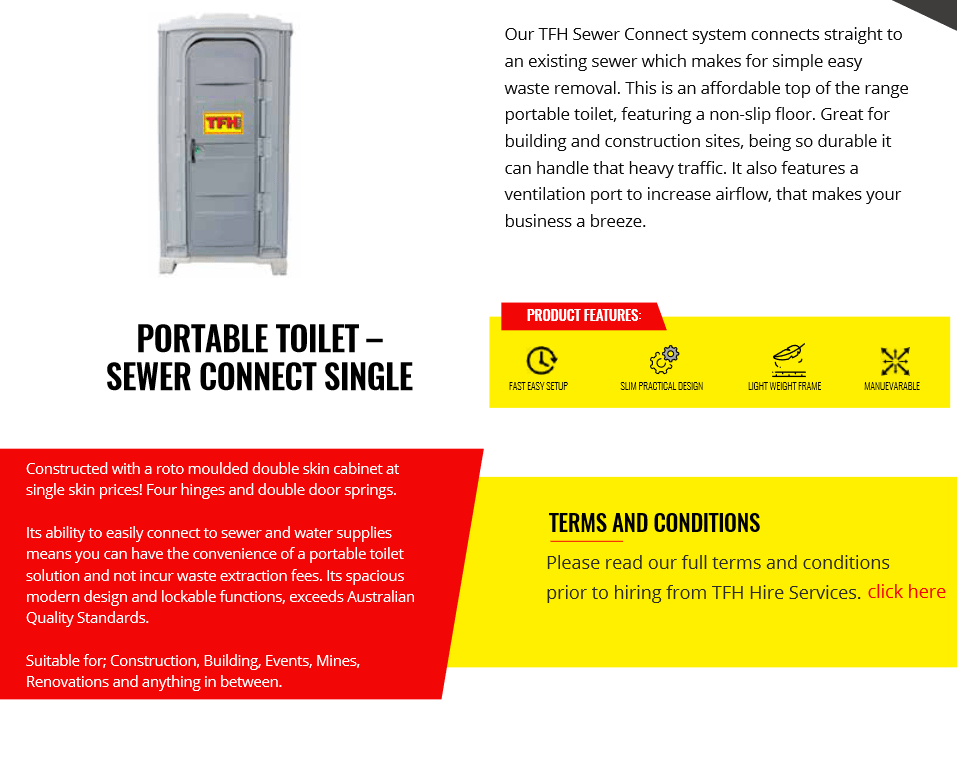7 Simple Techniques For Reclaim Waste
7 Simple Techniques For Reclaim Waste
Blog Article
Reclaim Waste for Dummies
Table of ContentsThe Reclaim Waste IdeasNot known Incorrect Statements About Reclaim Waste Excitement About Reclaim WasteWhat Does Reclaim Waste Do?6 Easy Facts About Reclaim Waste Explained
Explore the types, incidents, and types of fluid waste. Domestic sewage waste refers to the waste and products from a residential septic storage tank. This kind of waste is produced by people in houses, institutions, and other buildings. This only includes sewage-disposal tanks that have a drainpipe field. The correct monitoring and disposal of residential sewer waste need liquid waste to be moved to a sewage treatment plant where the proper techniques and tools are related to cleanse and get rid of waste.
Business waste commonly consists of prospective threats, such as combustible materials or a blend of fluid and strong waste products, and requires an advanced and detailed disposal process. The disposal of industrial waste typically includes the purification of waste prior to transportation to ensure secure and proper disposal. Industrial waste is produced from byproducts and overflow of commercial processes and manufacturing.
This type of waste can not use the same sewage management transport or procedures as septic or industrial fluids. The commercial waste monitoring procedure requires the assessment and screening of fluid waste before it goes through the disposal procedure (liquid waste removal melbourne). Overflow waste is the fluid waste that comes from runoff and excess stormwater in very inhabited areas or cities
Runoff waste can create contamination and flooding otherwise dealt with properly. Find out more concerning sewer cleansing and waste management. Ensuring correct waste administration can stop disasters and reduce environmental damage. Both people in property settings and professionals in business or production sectors can benefit from understanding the procedures and policies of liquid waste management.
The 2-Minute Rule for Reclaim Waste
Contact PROS Providers today to learn regarding our waste administration and disposal solutions and the correct means to look after the fluid waste you produce.
(https://penzu.com/p/1f225eb6893bd9aa)Do you know what occurs to your water when you draw the plug, flush the commode or drain pipes the washing device? No? Well, it's worth understanding. This so-called 'wastewater' is not only an important resource yet, after treatment, will certainly be launched to our land, waterways or the sea. Utilized water from commodes, showers, bathrooms, kitchen area sinks, washings and commercial processes is called wastewater.

water used to cool down machinery or clean plant and tools). Stormwater, a form of wastewater, is runoff that streams from agricultural and metropolitan locations such as roofs, parks, gardens, roads, paths and seamless gutters into stormwater drains pipes, after rainfall. Stormwater moves without treatment directly to regional creeks or rivers, eventually reaching the ocean.
Some Ideas on Reclaim Waste You Should Know
In Queensland, many wastewater is treated at sewer treatment plants. Wastewater is transferred from domestic or commercial websites with a system of sewage systems and pump terminals, recognized as sewerage reticulation, to a sewage treatment plant.
The Department of Natural Resources encourages local governments concerning handling, operating and maintaining sewage systems and treatment plants. In unsewered locations, local governments might require homeowners to set up private or house sewer therapy systems to deal with domestic wastewater from bathrooms, kitchens, washrooms and washings. The Division of Natural Resources authorizes using house systems when they are proven to be efficient.
In some brand-new communities, therapy of some stormwater to remove trash, sand and crushed rock has started using gross contaminant traps. Wastewater treatment happens in 4 stages: Removes strong matter.
Uses little living microorganisms understands as micro-organisms to damage down and get rid of continuing to be liquified wastes and fine particles. Micro-organisms and wastes are integrated in the sludge.
Some Of Reclaim Waste
Nutrient elimination is not available in all sewer treatment plants due to the fact that it calls for expensive specialised devices. It is coming to be more common in Queensland. Clear fluid effluent created after therapy may still include disease-causing micro-organisms. If this effluent is released into rivers such as rivers or the sea, the micro-organisms will at some point pass away out.

Many wastewater streams right into the sewerage system. Under the Act, regional governments administer authorizations and permits for ecologically appropriate activities (ERAs) entailing wastewater releases that could have a regional impact.
The 30-Second Trick For Reclaim Waste
Or else, examples are taken for lab analysis. Usually many tests are needed to establish the degrees of each of the various contaminants such as oils, heavy steels and chemicals in water. Monitoring gives factual details regarding water high quality and can verify that permit problems are being satisfied. The information gotten with monitoring provides the basis for making water top quality decisions.
Report this page